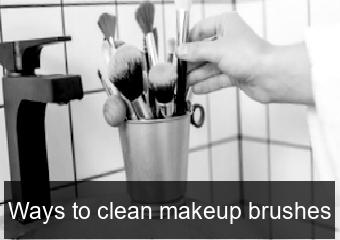Ways to clean makeup brushes
While cleaning your makeup brushes can sometimes seem like a daunting task, keeping them free of bacteria is extremely valuable and should not be overlooked. Regular cleaning not only helps maintain the appearance and overall condition of your brushes, it also gets rid of all the nasty germs hiding in the middle of the bristles.
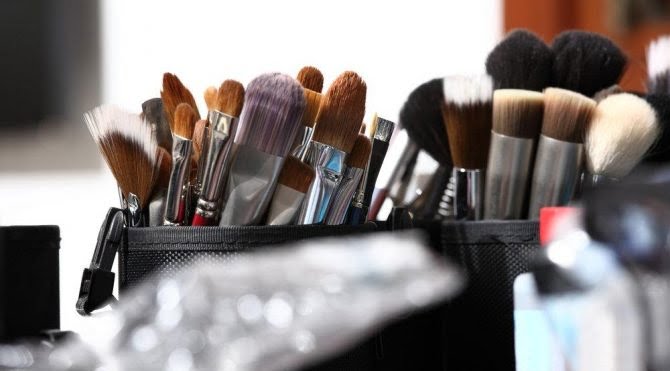
When it comes to words, how should you really clean your brushes? A professional makeup artist says nothing beats an old-fashioned deep clean once a week. But you have options. Ahead is an easy list of all the ways to give your makeup brushes a thorough clean. After all, you may find that you really enjoy the process.
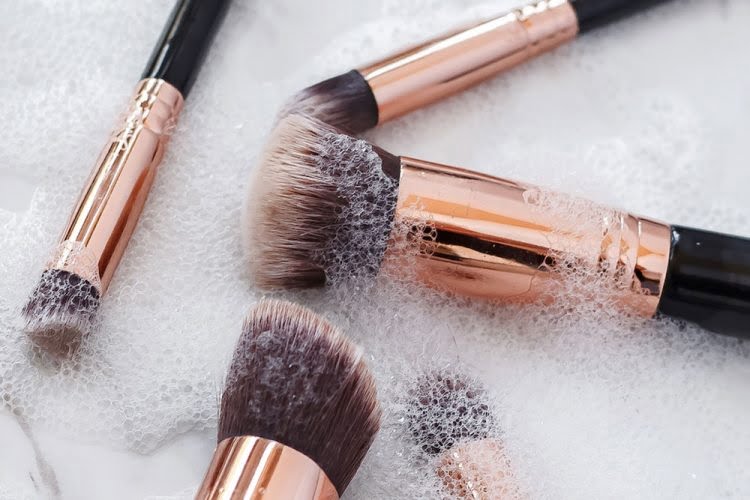
Use a store-bought cleaner
Buying pre-formulated makeup brush cleaners is great for when you’re short of time. Professional makeup artists will use them on set amid models and clients to keep the brushes hygienic, and you can use these cleansers at home when you don’t have time to give them a deep rinse and dry overnight. The instructions for these cleaners are simple and easy to use, you will need to spray or pour the solution directly onto the brush and massage onto a cloth or paper towel to remove any remaining traces of artifacts.
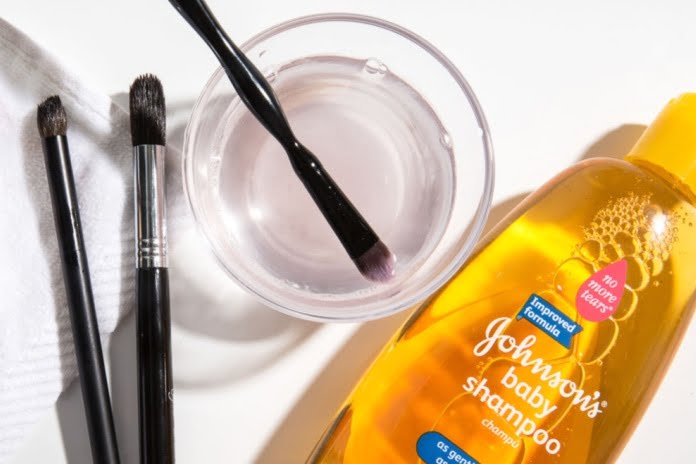
Choice of dish soap and baby shampoos
If you’re wondering what type of shampoo or soap to use to clean brushes, regular soaps, dish soaps, and even baby shampoos are mild enough to wash. Remember with dishwashing liquid: a little goes a long way and is formulated to remove multiple, heavy oils and deposits. When using liquid soap and shampoo, wet your bristles first to help them absorb cleaners more easily.
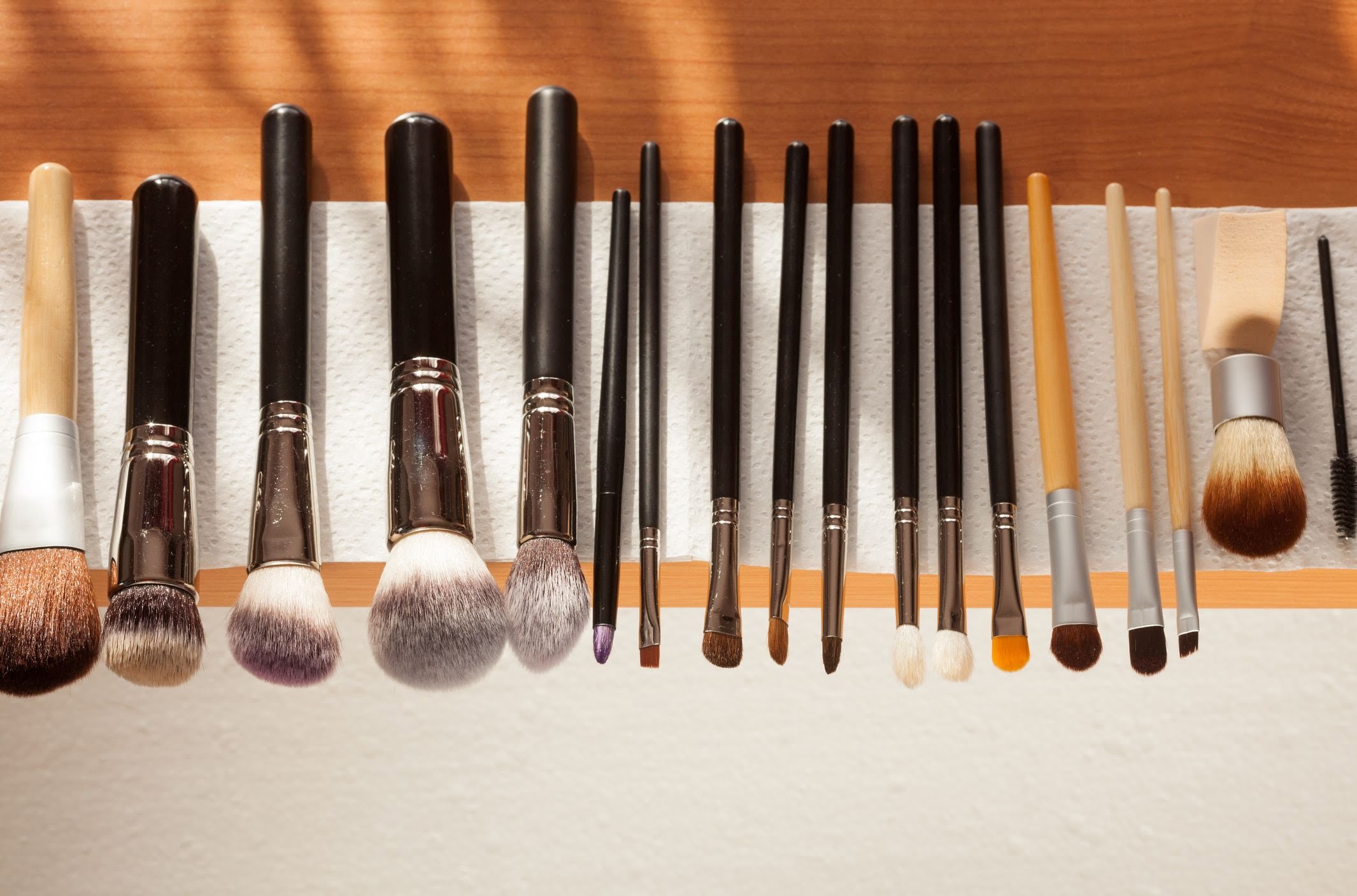
Try dry shampoo for makeup brushes
Wait a minute, do you have dry shampoo for makeup brushes? This formula may sound confusing, but there is actually a dry shampoo procedure for cleaning brushes and it’s ingenious. To familiarize yourself with this particular cleansing method, Anisa Telwar Kaicker, CEO and Founder of makeup brush brand Anisa Beauty, for expert tips on the matter. “Using a dry shampoo formulated for makeup brushes is safe for daily or weekly use. When I use a Brush, I always use a paper towel or cloth to wipe the top layer of brush fibers. Then, depending on how creative I am with an artifact, I will add dry cleaning spray to the process to help remove any random artifact from the bristles.”says.
Is this method really effective for cleaning brushes? Kaicker states that dry shampoo is very effective and ideal for travel or for a quick clean at the end of each use. For your brushes ‘dry cleaner’ Think about it, because it gets rid of surface oil and dirt every day. Use without the need for water and without interruption.
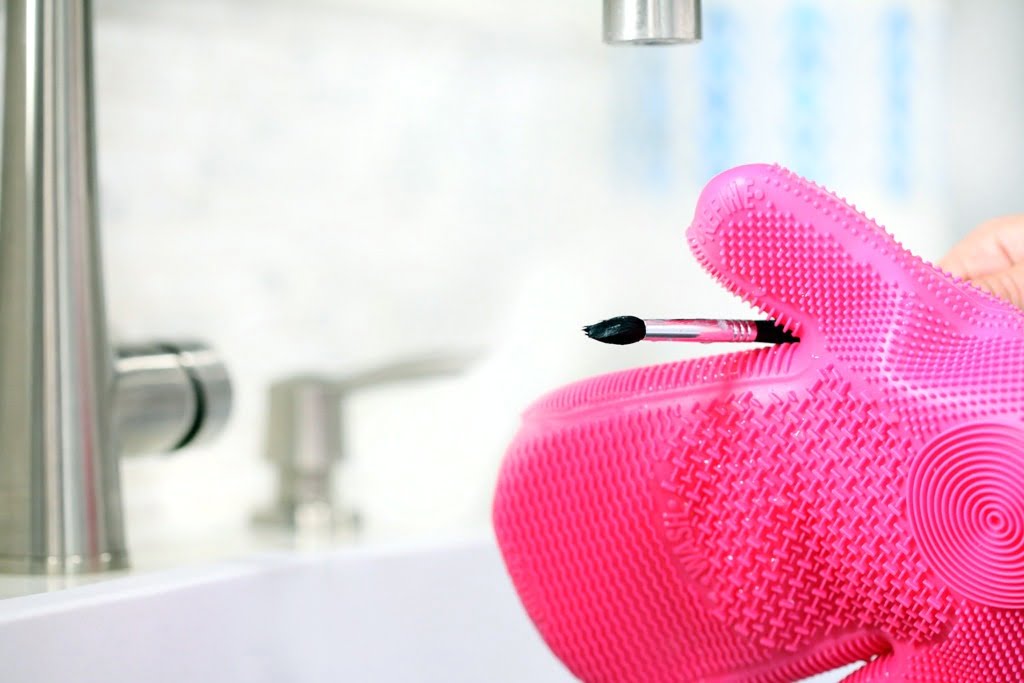
reach for gloves
Probably one of the most standard ways to clean makeup brushes is to wear clean rubber gloves, add cleanser, wet brushes to the palm of your hand, and massage the cleanser for a deep clean. Rinse your makeup brushes under lukewarm water, wring out any excess and let them dry flat overnight. If you don’t have gloves, use your bare hands, make sure the water is not too hot to avoid any random discomfort.
If you’ve purchased new makeup brushes, Kaicker recommends giving them a good shampoo right from the start. “Always wash new brushes before using them for the first time”says and adds: “Just like cleaning your underwear before you put them on, the same goes for cleaning brushes before they touch your skin.”

Use a silicone cleaning pad
Using a silicone brush cleaning pad equipped with tiny ridges or grooves can help gently remove dirt without compromising the quality of your bristles. All you have to do is pour a foaming brush cleaner onto the pad and rotate your brushes in a circular motion until all the work is gone. If you think your brush is not completely clean, rinse it and then start the process again on the pad. This is my most used procedure in the middle of multiple brush cleaning systems.
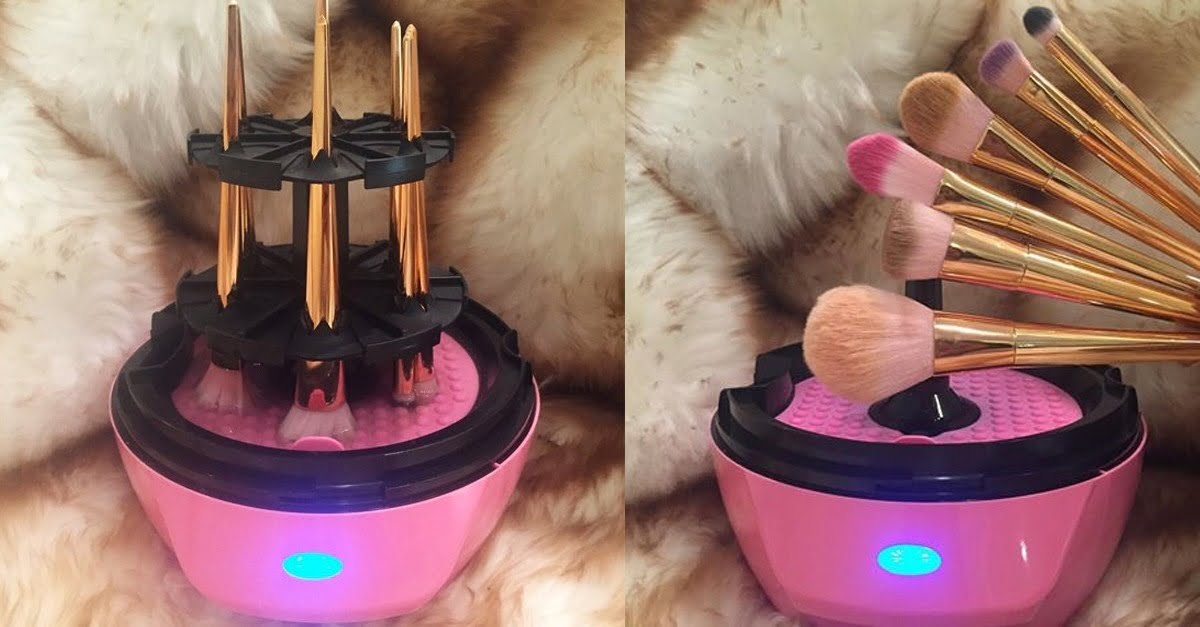
Try a brush cleaning machine
Why clean each brush separately when you can have a machine do it for you? Yes, there are makeup brush cleaning machines and they clean and dry your brushes in record time. For most machines, you can add your preferred cleaner, place your brushes, and then let the machine do the rest of the work. The machine strokes and moves the brushes while adding cleaner to the mix to achieve a foamy finish, and some also have a built-in drying feature to speed up drying time.
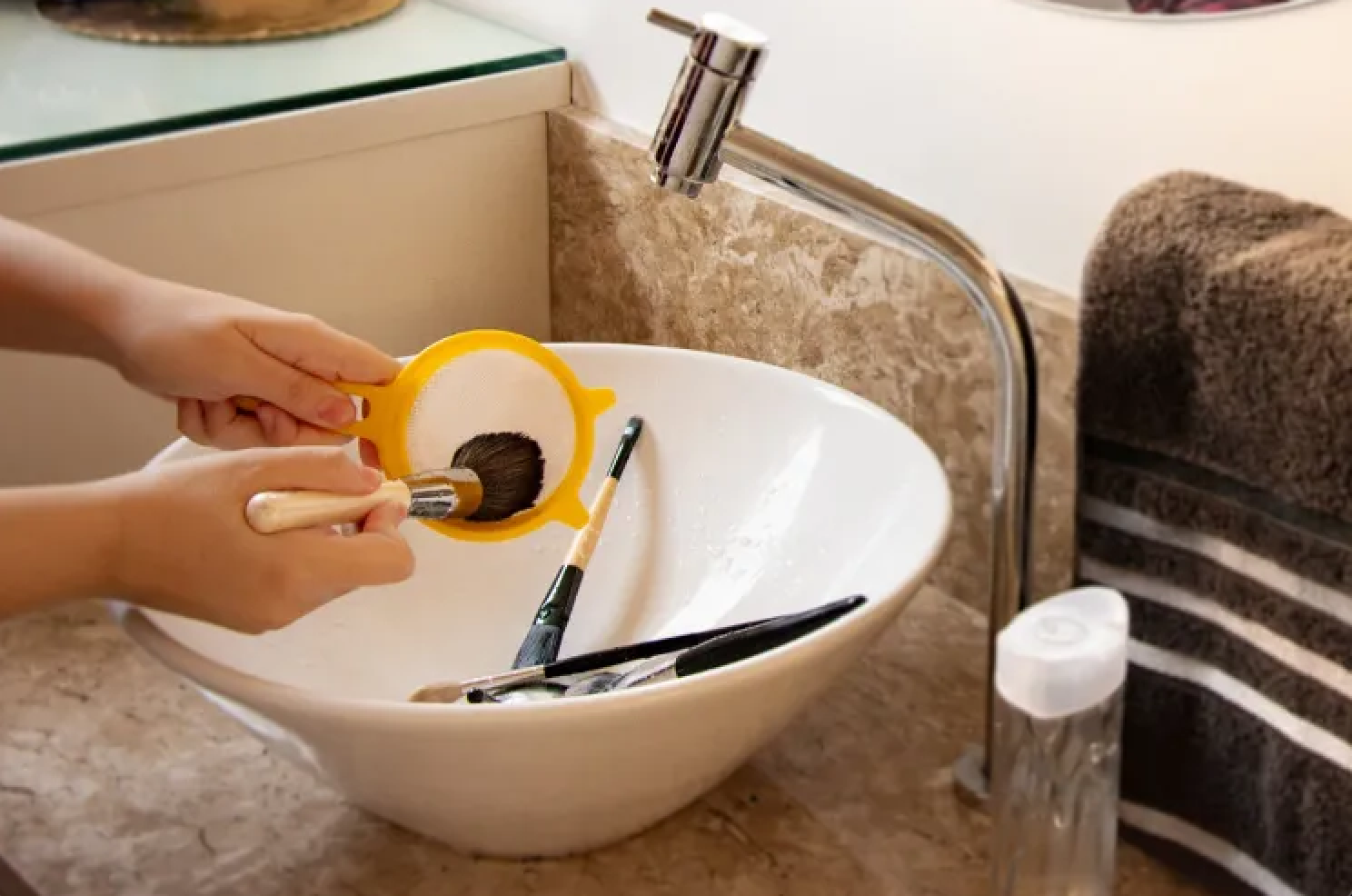
Build your solution yourself
Want to get crafty and make your own brush cleaning solution? You can certainly do this with a few key ingredients: Apple cider vinegar is quite popular for residential cleaning works. Mix one teaspoon with a glass of warm water. (You can even add a little lemon juice to the mix if you don’t like the vinegar smell.) Coat each brush head neatly with this solution and rinse until the water runs clear. If you have a lot of brushes to clean, you may need to refill your bowl a few times to make sure you don’t clean all your makeup brushes in dirty water.

Don’t forget to disinfect
In addition to shampooing and washing your brushes, do not overlook the disinfection method. While most soaps and store-bought cleaners contain disinfecting and antimicrobial considerations, it is essential to disinfect your makeup brushes with rubbing alcohol at least once a month. (If you’re a professional makeup artist, you should disinfect your brushes mid-use.) You can do this by spraying the alcohol directly on the bristles and removing it with a paper towel. Don’t forget to wipe the handles as well, and be careful when using alcohol as many brushes have natural bristles.

